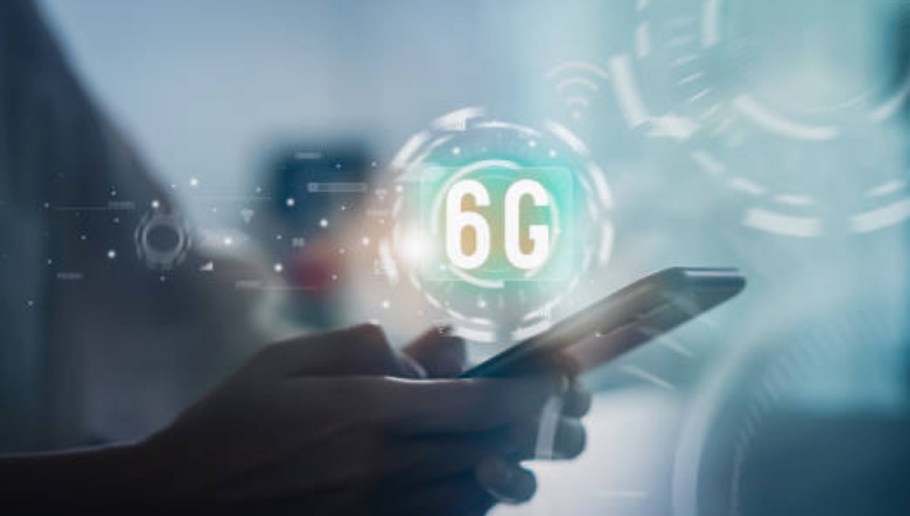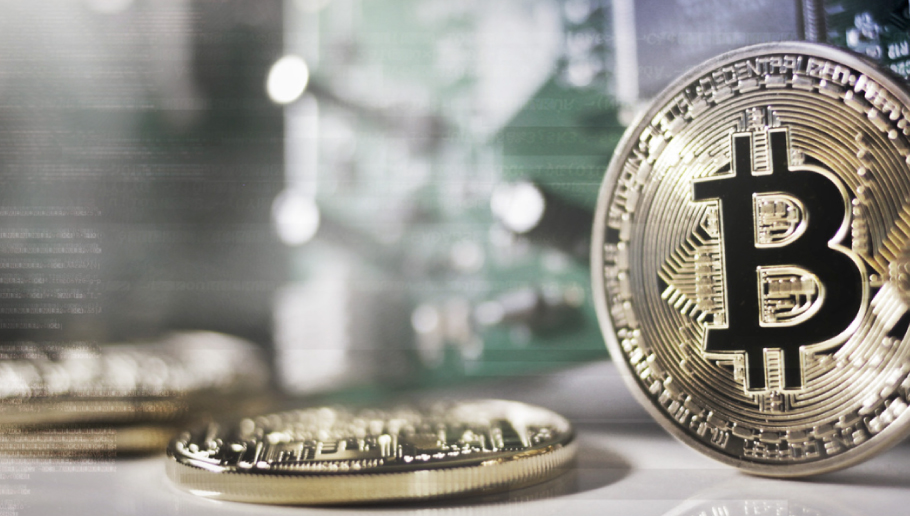5G technology has brought the world its fastest generation of wireless technology ever. Tech savants will tell you that includes greater speed, ultra-low latency, more reliability, grander network capacity and a better user experience.
Experts believe, in fact, that the 5G rollout, when it is complete, will unleash “the Internet of Everything,” which has been defined as a system that connects people, things, data and processes. That means sensors everywhere. It means smarter devices, which will enable people to engage in data-driven decision-making.
As exciting as all that is, tech executives and researchers couldn’t resist peeking ahead even further at the Mobile World Conference in July 2021, to 6G. That, they believe, will change the landscape even more dramatically.
Jeffrey Andrews, director of 6G research at the University of Texas, told Biz Tech Magazine that while 5G is “making some steps toward” enabling the IoE, “6G will really get it right.”
The signal towers that deliver 5G to our devices can likely change to deliver 6G as well but some research is suggesting that use of satellites might alter the way 6G arrives to our cells and computers.
John Byrne, the service director of telecom technology and software at analytics company GlobalData, told Biz Tech, “The general thinking right now is 2030. It tends to be the same companies and folks that are involved, so everything on 5G impacts the timeline on 6G as well.”
While that may seem like a ways off, consider how fast these networks have started evolving. By 2035, projections state that the 5G network of companies will carry 22.8 million jobs, amassing nearly $4 trillion in economic output.
One of the most intriguing possibilities of 6G is the ability to further connect our devices, giving us more computing power by creating a synergy between our most intelligent tools. By the fifth and sixth generation of wireless technology, it will have become the fundamental technology on which almost all the world’s industries rely.
That reliance is both an opportunity and a burden. Rollout of these new generations of technology need to be nearly flawless to support America and the world’s interconnected economic enterprises.
Various reports in late October showed Engineers at LG and Fraunhofer-Gesellschaft set 6G transmission distance records, expanding the network’s quicker data transfer rates with reduced latency.
To date, 6G’s limitations have been short range which is why the engineers celebrated their increased transmission distance. Their power amplifier successfully transmitted a stable signal, equivalent to the previous transmission strengths at shorter distances.
Between now and 2030, the world will have lived through 10 years of 5G, and that will have brought more institutional knowledge about signal transmission and data transfer speeds. That increased knowledge will engender more advanced research that puts 6G at our fingertips in the next decade.






